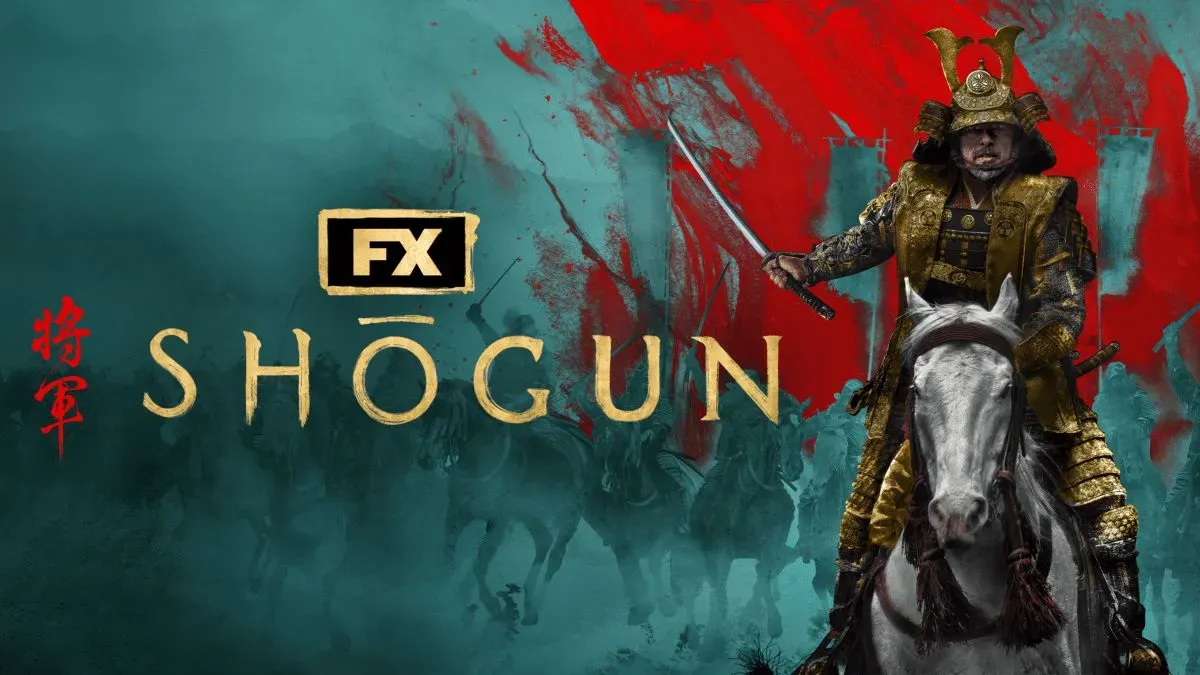Ghost of Yōtei, the sequel to 2020’s Ghost of Tsushima, is a massive, sprawling epic that is more of an interactive chanbara film than it is a historical document. It draws heavily from the works of Akira Kurosawa, Takashi Miike, and countless of others from both cinema, anime, and manga. I called Yotei a generational masterpiece in my review; one of the best games to grace the PlayStation console.
So, in preparation for the coming release, I wanted to highlight some of the films that Yotei openly references, a few more obscure ones, and even a TV series you can watch right now that should get you in the mood for Sucker Punch Productions' latest adventure.
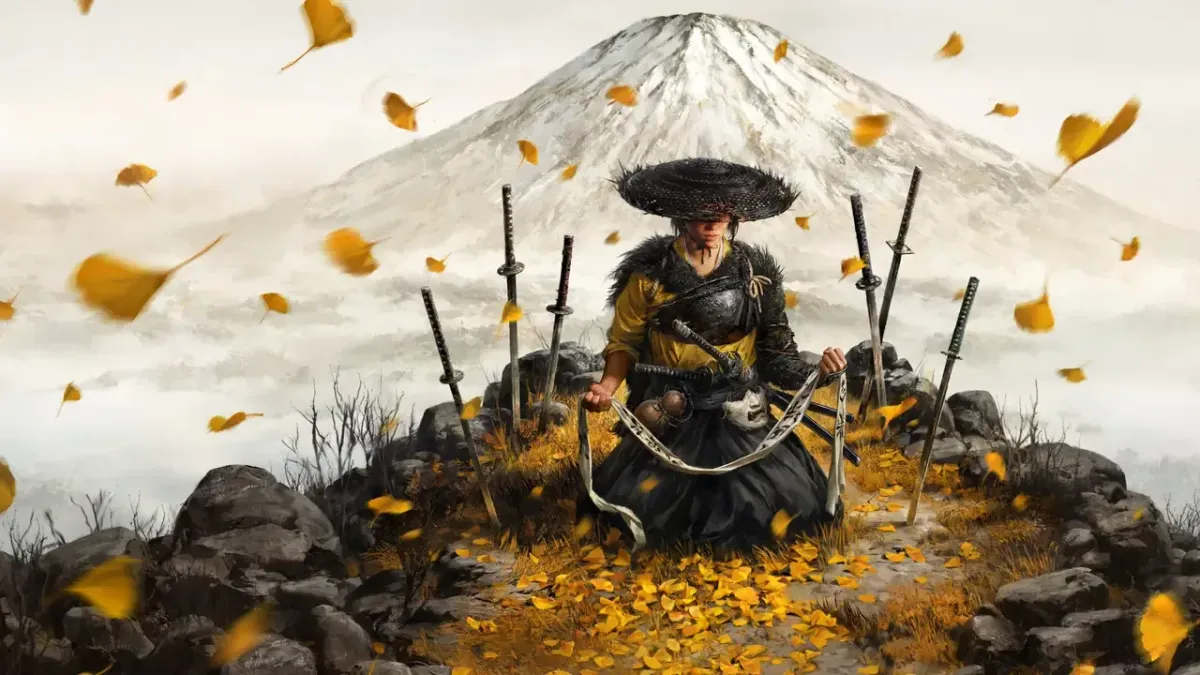
In the game, Sucker Punch Productions have partnered with the estate of Akira Kurosawa to recreate the beloved Kurosawa Mode, which emulates the style of his classic black and white films, from the first game. Like with Kurosawa's films, the stylistic filter amps up the elements, making the stark contrast between man and nature an equal part of the storytelling.
On top of the Kurosawa mode, Ghost of Yotei introduces two more cinema styles to the mix from master filmmakers Shinichirō Watanabe and Takashi Miike.
Out of the two new modes, Watanabe's is easily my favorite. I'm a massive fan of Samurai Champloo and his idiosyncractic approach to period cinema, and it's amazing how well the lo-fi beats and lackadaisical style fits Yotei's storytelling. For the game, Sucker Punch has brought in the man himself to compose new music for both combat and exploration, and the results are nothing short of badass.
Takashi Miike's own mode is a little bit more straightforward, but no less pleasurable. It reframes the action on a tighter lens, bringing everything a bit closer to the camera (Miike favors tight cropping to maximise the bloodletting and his tendency to go big and broad with performances). It also amps up the mud and gore by a considerable margin, changing the solemn style of Yotei to more reminiscent of his earlier samurai films like 13 Assassin's.
With those in mind, here are the films I'd recommend to check out before – or after – playing Ghost of Yotei. I've picked seven, because that number seems apt for what's ahead.
13 Assassins & Blade of the Immortal (2010 & 2017, Takashi Miike)
Set at the end of the samurai era, 13 Assassin's is perhaps Takashi Miike's most straightforward and approachable film ever. It's still plenty violent and full of his anarchic humor, but it's also surprisingly emotional and thrilling, as close to a big blockbuster as Miike has ever made.
At the heart of the story is a group of warriors, Ronin in all but name, who take on a suicide mission to assassinate a sadistic nobleman. The task, naturally, proves far more difficult than initially bargained for, and not everyone makes it out alive.
It eventually culminates in a spectacular 45-minute battle sequence that takes up most of the third act. How Miike filmed it without anyone dying is still a mystery. To date, it remains one of the great, unsung classics of the samurai genre, and should be at the top of any watch list to get into the mood for some big, sprawling adventuring.
Similarly, Miike's other recommended film, an adaptation of a classic manga, is Blade of the Immortal, made seven years later. It's more fantastical than 13 Assassin's, but no less emotional and rewarding. In it, a cursed samurai, destined to live forever unless he feeds his blade the souls of a thousand evil men.
Like every good samurai story, our hero arrives into town overrun with evildoers, including a vicious samurai warlord hellbent on dominating his little plot of the land. What follows is an epic series of showdowns, as Miike stages one duel after another with an almost ballet-like grace. If, like me, you enjoy the tense one-on-one battles of Yotei and Tsushima, this is likely the film you'll fall for.
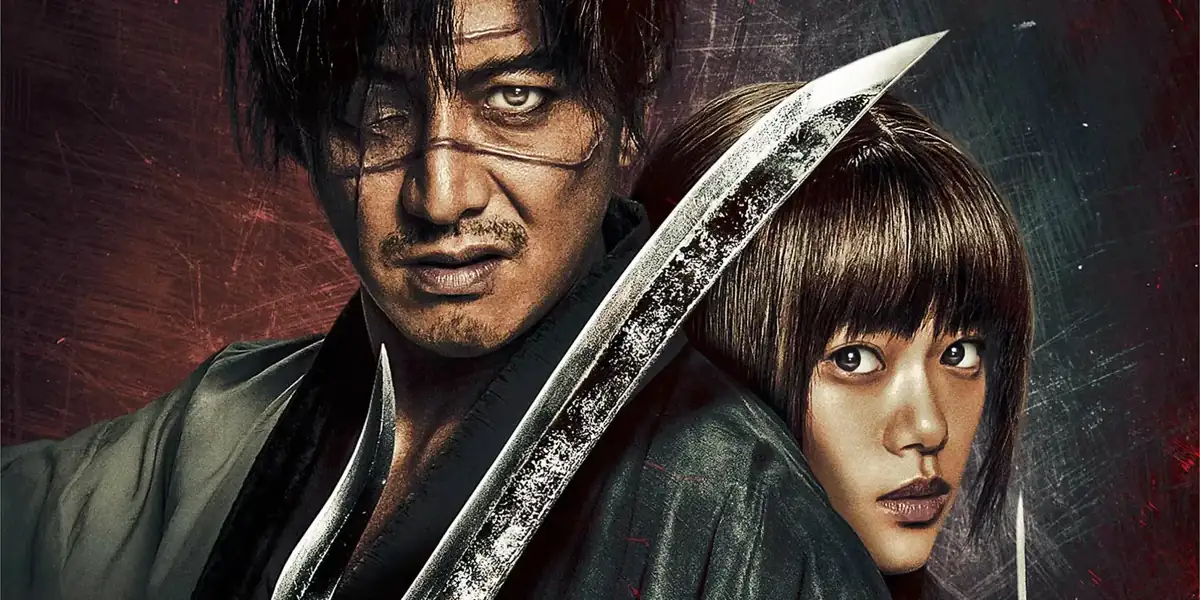
Yojimbo & Seven Samurai (1961 & 1954, Akira Kurosawa)
Akira Kurosawa is the master of samurai cinema and one of the greatest filmmakers who ever lived. You could fill this entire list with just his works alone, and it would be enough.
For now, we'll settle for two of his iconic pictures, both of which are recreated gorgeously in Ghost of Yotei. The first, Yojimbo, is the film that spawned a thousand copies in the western genre, including famously Bruce Willis' Last Man Standing, directed by Walter Hill.
In it, a lone ronin strolls into a lawless town to pit two criminal factions against each other. Superbly played by Kurosawa favorite Toshiro Mifune, Yojimbo is a brilliant archetype of charismatic chaos, effortlessly misguiding his foes until the inevitable final battle.
But, true to Kurosawa's insistance on breaking down romanticism and the foundations of a genre he helped build, Yojimbo is also a breathtaking condemnation of the samurai class and the systemic failures of Japanese society. Like every great iconoclast, Kurosawa snuck in deep ruminations about the world in a big and entertaining package, and it took years for many to notice.
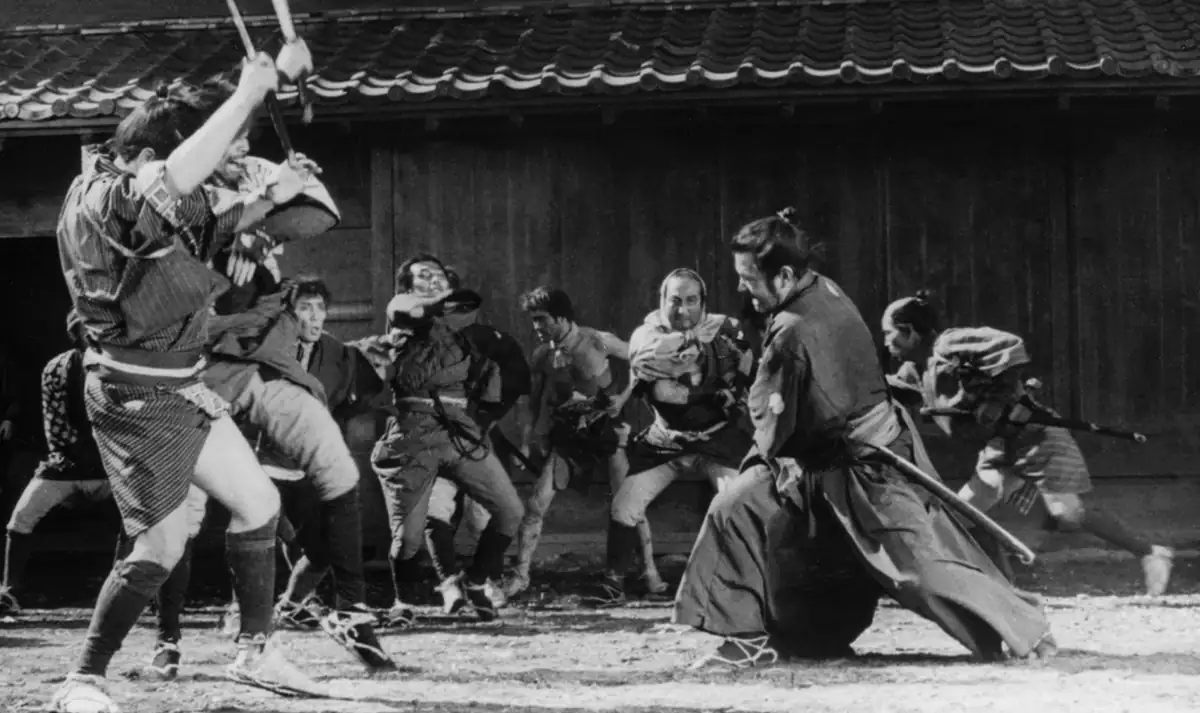
The same goes for The Seven Samurai, one of the most iconic and visually resplendent adventure films, which celebrated its 70th anniversary last year. I was lucky enough to catch the restored version in cinemas while at Cannes, and it's an experience I'll cherish forever.
Here, Kurosawa tells the story of the titular seven samurai, hired by poor farmers tormented by a group of bandits, to protect the town as harvest season draws to a close. They have almost no money to pay them, and our heroes aren't exactly the best of the best. They're ronin, lost causes, and hopeless drunks. Again Kurosawa strips away the romantic notions of wandering swordsmen, instead showcasing how the wars for glory only hurt the common folk and how they too must resort to unspeakable tactics just to survive.
In Yotei, as war plagues the land, Atsu comes face to face with this realization more than once, including in a side-mission that is as close to a Kurosawa mission as one could imagine. On top of that, go spend time in one of the numerous fields of the game and witness how Sucker Punch loves the way Kurosawa films nature. It's gorgeous and melancholy all at once.
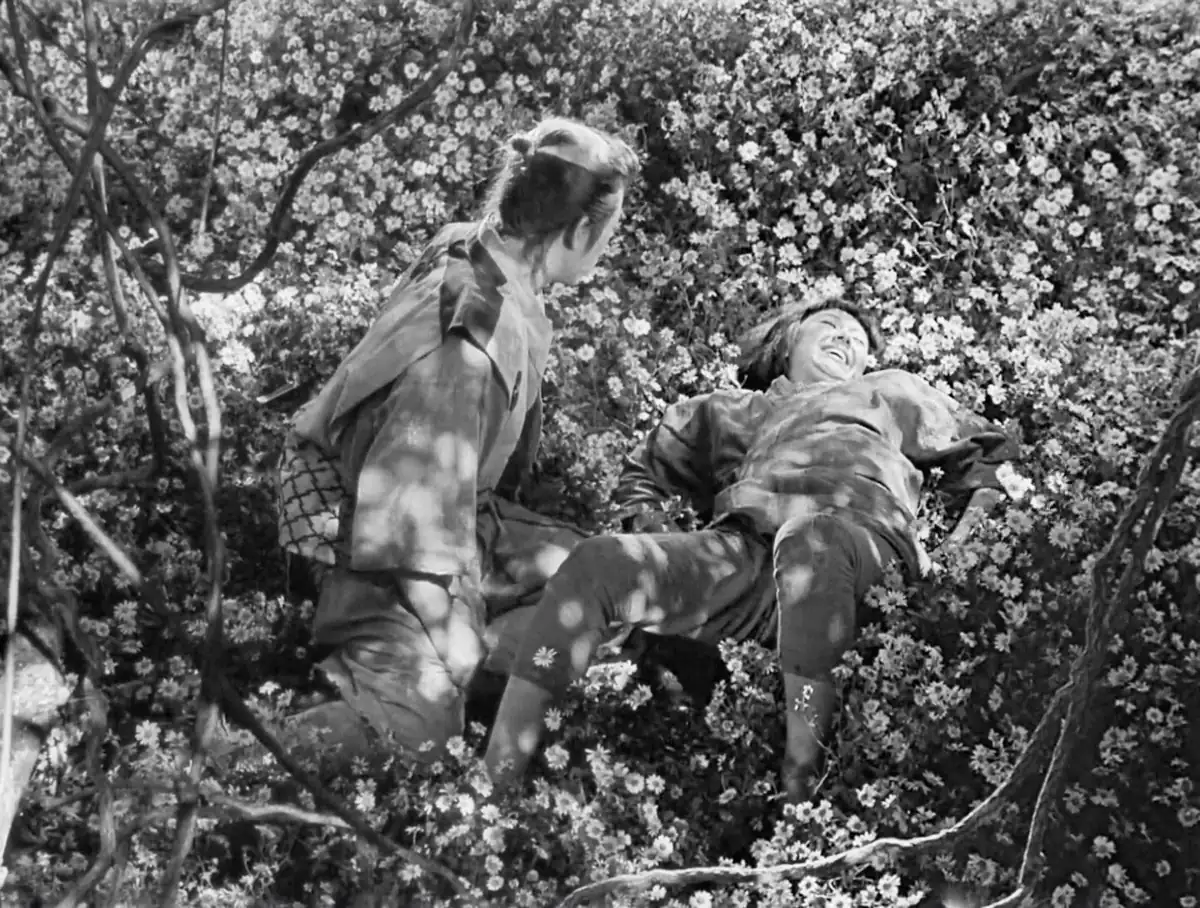
Samurai Champloo (2004, Shinichirō Watanabe)
Samurai Champloo is the love letter for chanbara cinema from Shinichiro Watanabe, father of Cowboy Bebop – itself a love letter to neo noir and westerns.
In it, a ronin, a rogue, and a runaway girl team up on a surreal road trip across Japan that bends time and space to its will. Sure, you still get samurai tropes and classic visuals that owe a lot to Kurosawa, but the journey is also packed with effortlessly cool lo-fi hip-hop and anachronistic stylings at every turn.
Like Kurosawa, Watanabe is no stranger to pulling apart the fabric of nostalgia. In Champloo, his world is that of bad guys and even worse guys, with heroes coming in different shades of grey instead of pure white. Politicians always betray the working class, police can't be trusted, and violence rules all, leaving those unable to defend themselves in a horrific situation.
Our heroes, a trio of broken individuals who dress up in colorful, messy and stylish outfits that are more fitting to present day cosplay than the era, aren't exactly heroic. But they're the best the world has got.
In Yotei, the Watanabe mode brings that same energy into the game, and I loved every second of it. I can see this one becoming a massive fan favorite.
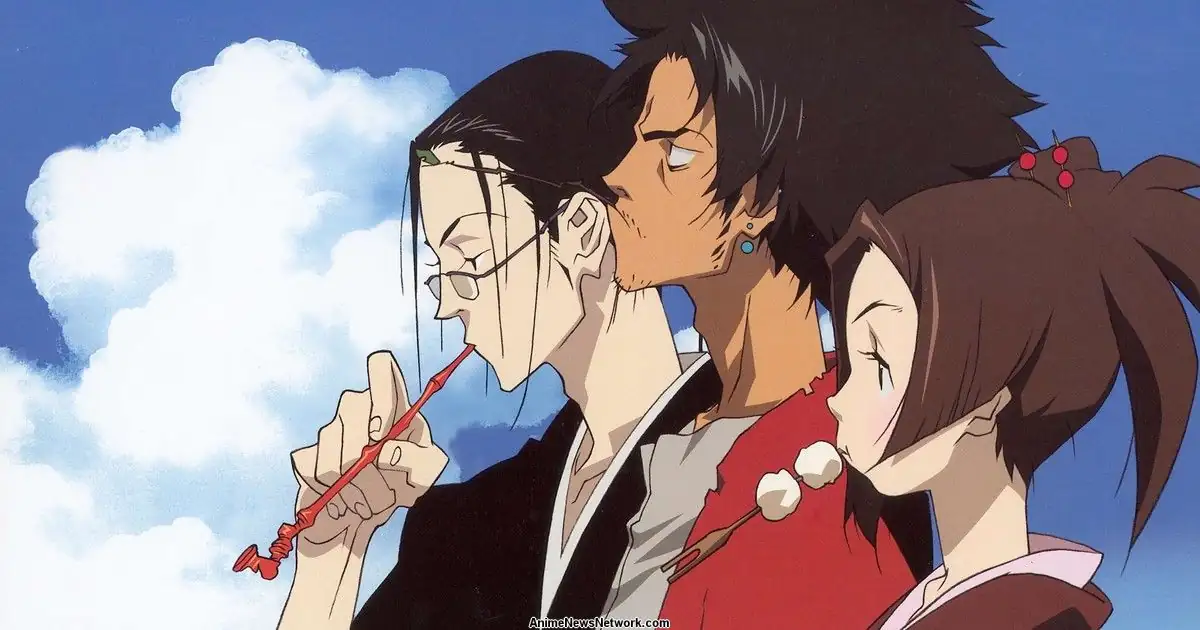
Lady Snowblood (1973, Toshiya Fujita)
Lady Snowblood is one of those grindhouse flicks from the 70s that everyone can recognize through visuals alone, even if they haven't seen the two spectacular films made by Toshiya Fujita.
A part of that is thanks to Quentin Tarantino, who famously repackaged the look for the final battle in Kill Bill. In Yotei, Atsu can don the attire as well once she discovers the dye maker in the Yotei wilderness.
Already referenced in Ghost of Tsushima, Lady Snowblood is the tale of a woman wronged by the samurai class. Ostracized by the community around her, she sets off on a quest for revenge on her own terms – not unlike Atsu. The result is a gory, often over-the-top bit of 70s mayhem that isn't quite as impactful as some of the other films on the list, but it's so entertaining that you'll probably not care.
It's also a visual spectacle thanks to the amazing use of color and eye-popping gore. This is really for adults only!
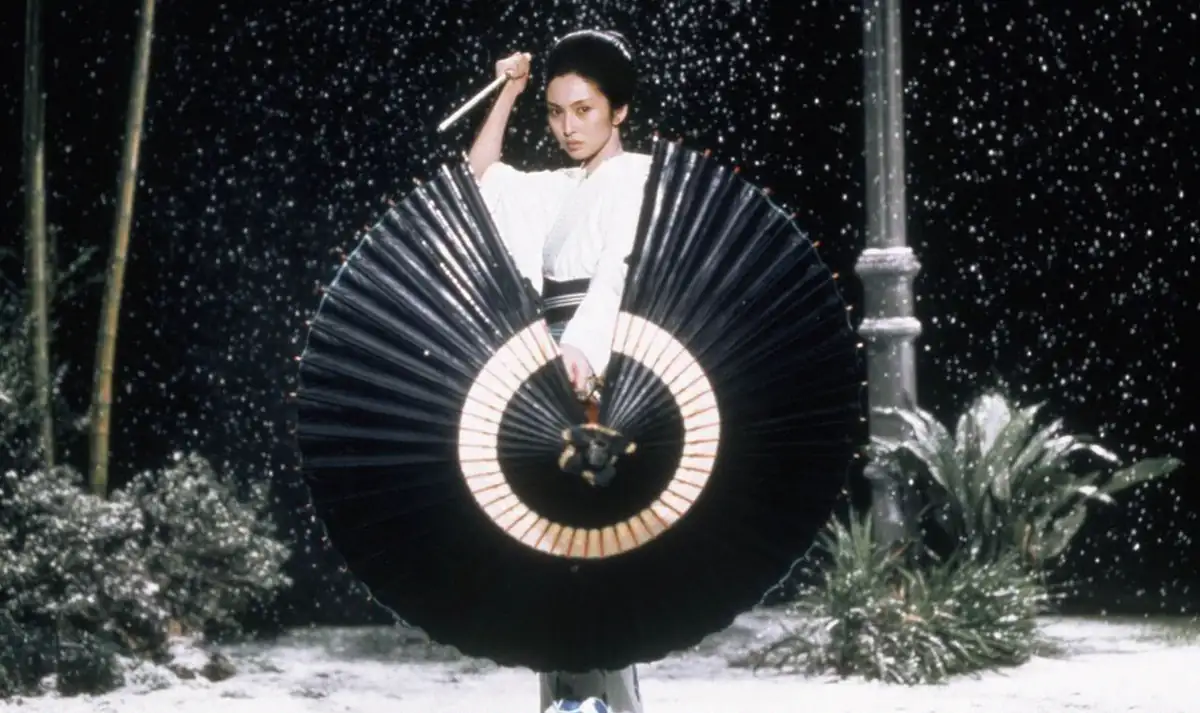
Zatoichi (2003, Takeshi Kitano)
Takeshi Kitano is one of the great modernists of the samurai cinema, often poking fun at the material he clearly reveres. Such is the case with Zatoichi, his take on the iconic legend of the blind swordsman.
Again, the plot is familiar and even simplistic by design. Zatoichi arrives in town ruled by corrupt officials and dangerous samurai, and slowly but surely he tears apart the structures of a broken society. Along the way, there are swordfights and even a big musical number that celebrates the genre with a wry smirk, as if entirely aware that it's all very silly once we get down to it.
Kitano is one of my favorite filmmakers, and while he's not as openly referenced in Yotei as some of the others here, you can find his fingerprints in the spiritual stylings of Yotei nonetheless. That's what you get when you're one of the great directors, you seep into things by sheer osmosis.
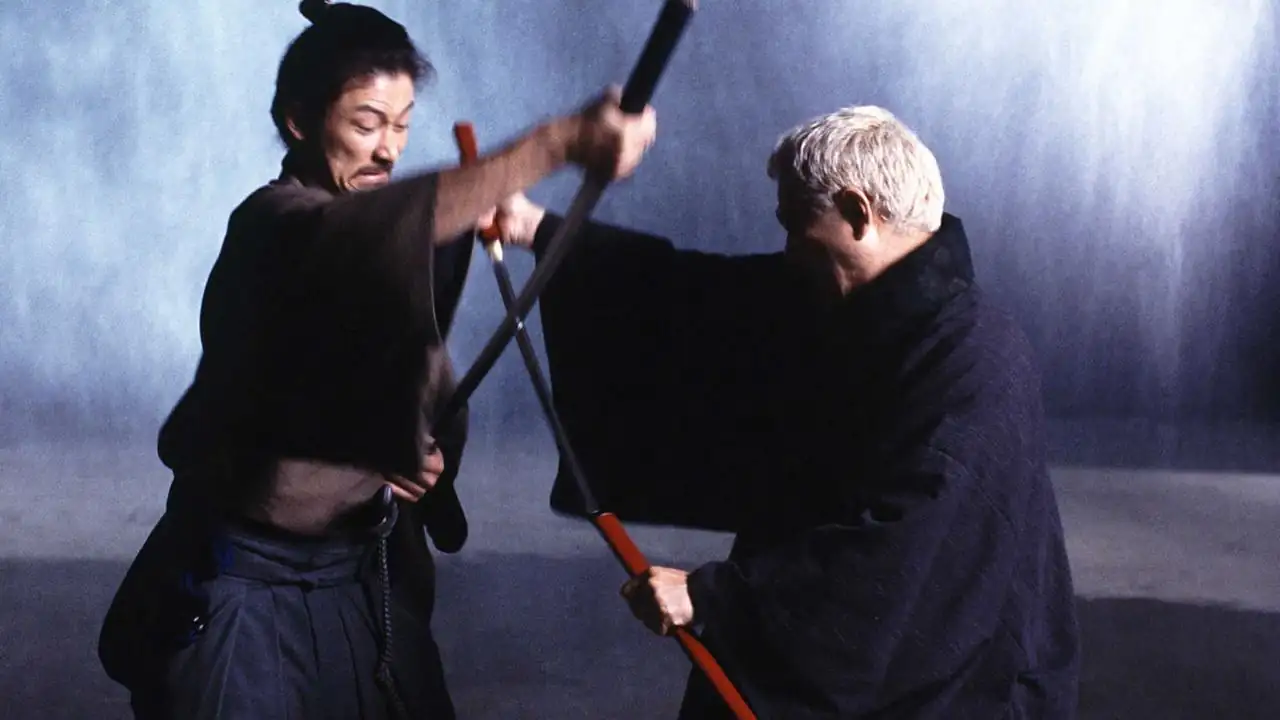
Shōgun (2024)
This isn’t the first time James Clavell’s magnum opus has been adapted into another format. Originally released in 1975, the adventure epic has seen a miniseries, three video games, a tabletop game, and a stage musical spring from its imaginative source material. The first TV adaptation, starring Richard Chamberlain and Toshirō Mifune, was an admirably dense effort that, for the longest time, felt like the only version we’d ever get.
Thankfully, that fear proved fruitless. Reaching the end of its ten-episode run this week, Shōgun is not just the best adaptation of Clavell’s complex masterpiece, but one of the finest miniseries of all time.
On a pure visual level, Shōgun is one of the grandest TV series of all time, capturing the era and its iconography meticulously. Featuring amazing performances – most in their own language – Shōgun is a masterpiece of adaptation that improves upon the original text at every turn.
For the best effect, watch one episode for every play session of Yotei and see how quickly you fall into the rabbit hole of wanting to see every single samurai epic ever made.
